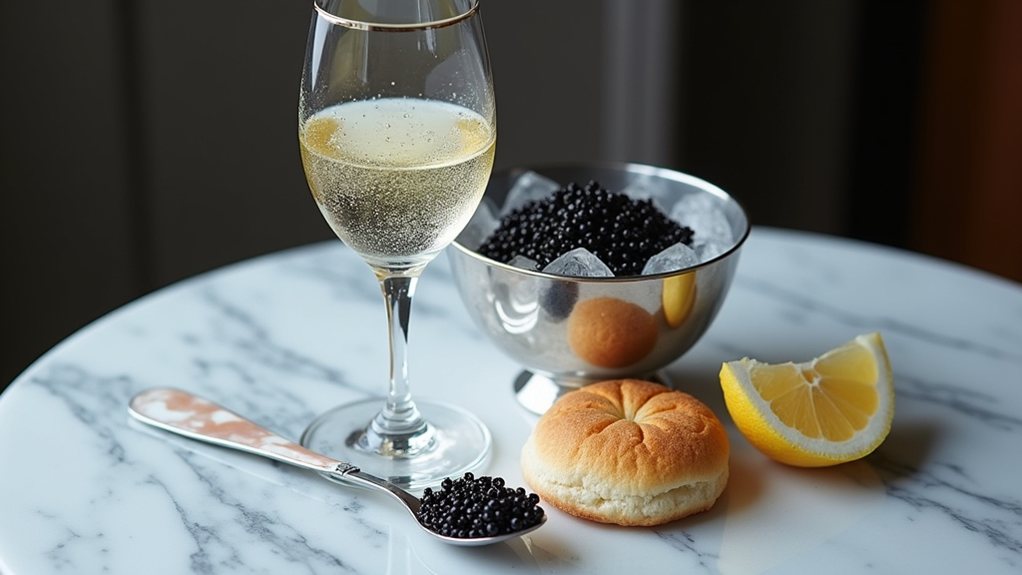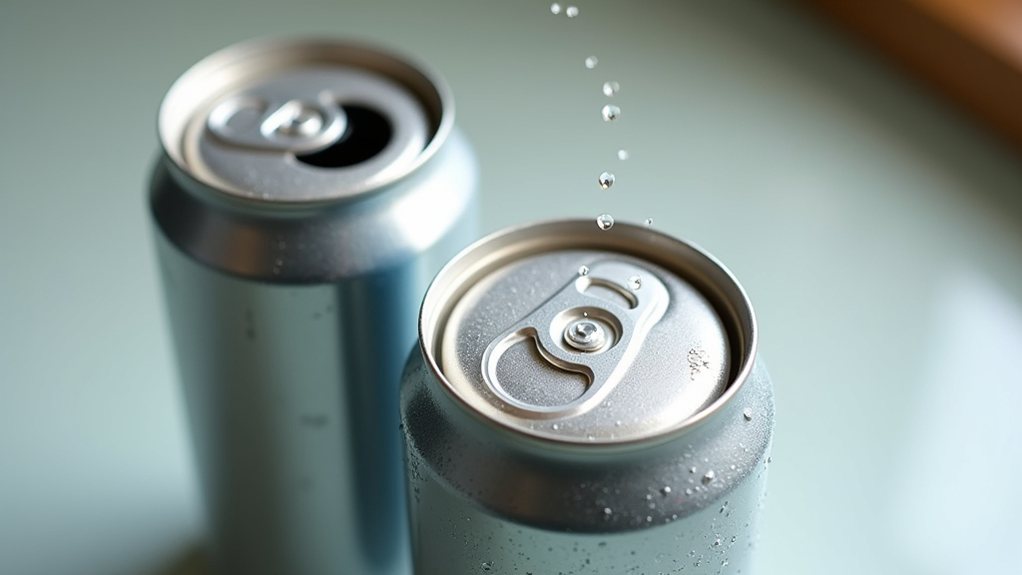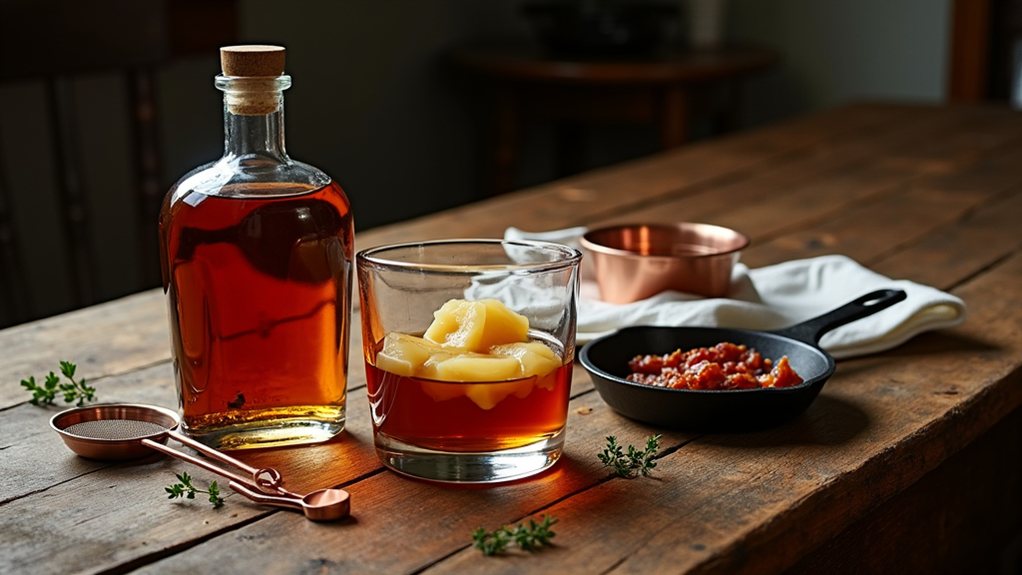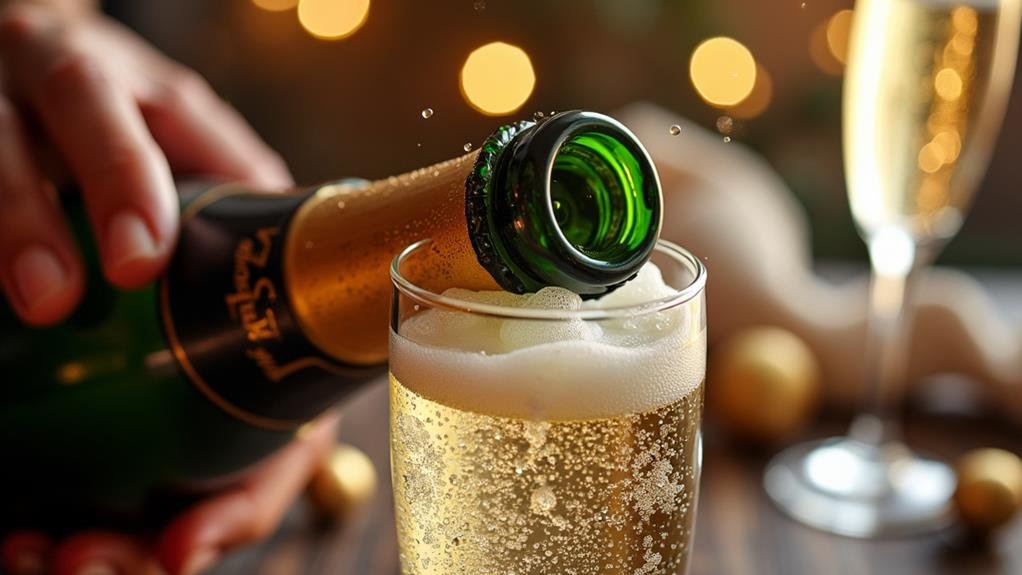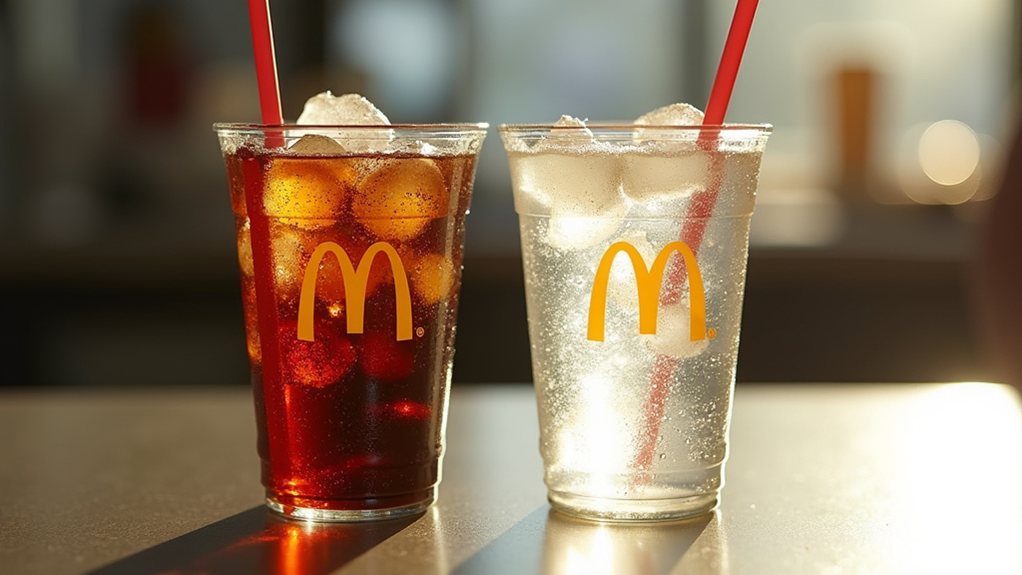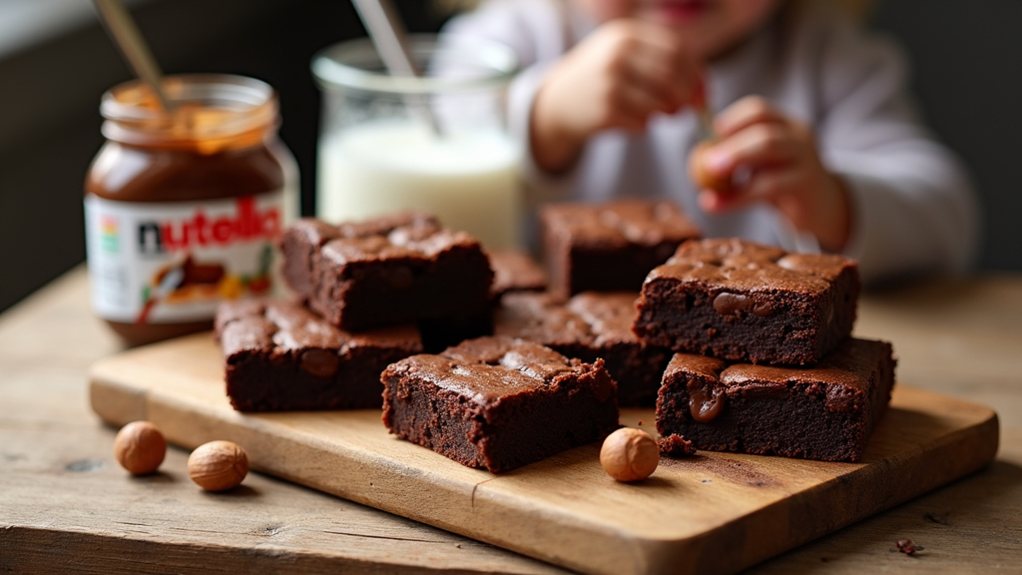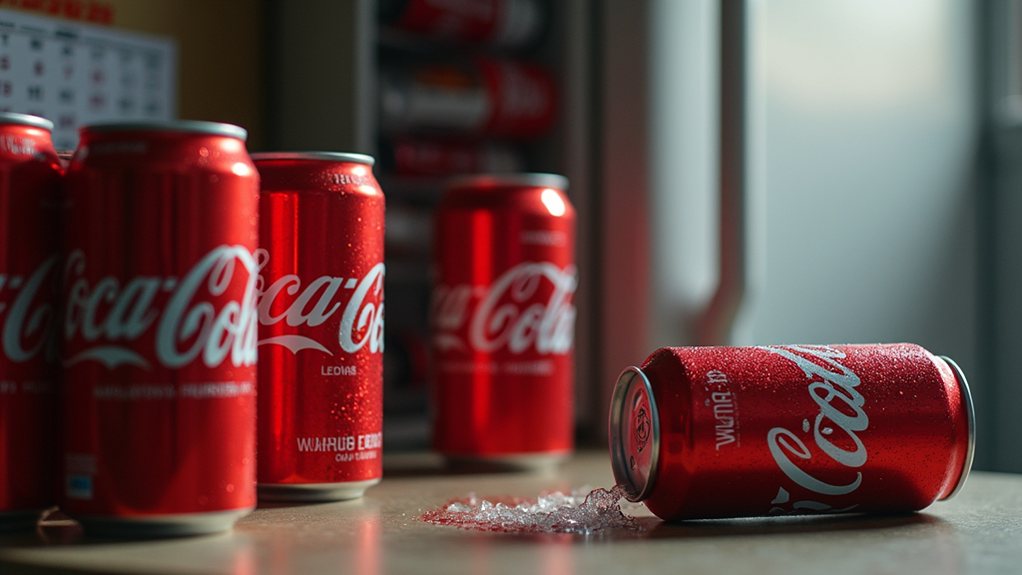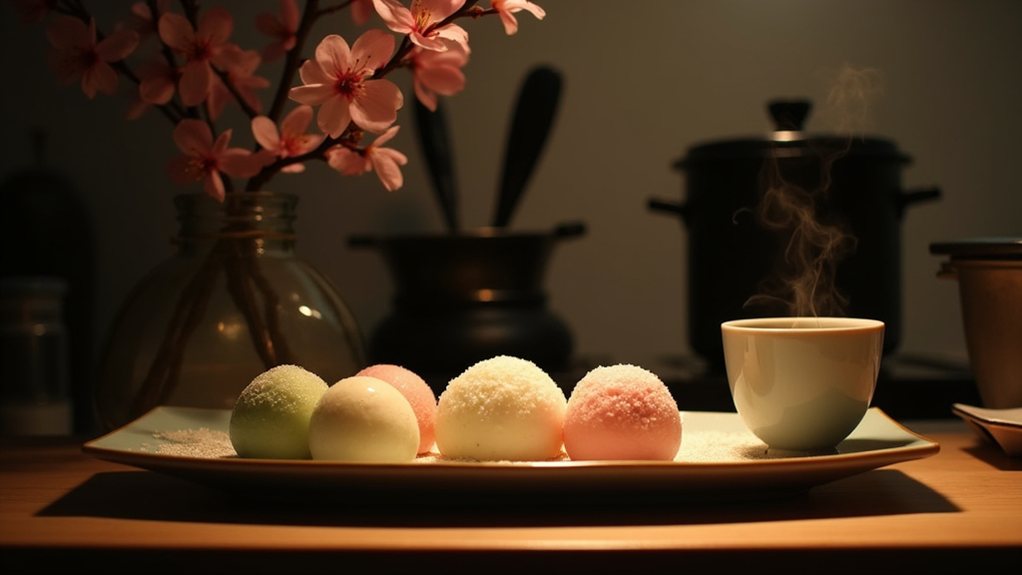
Make the foamiest cocktails with one ingredient (no egg white needed) by using aquafaba, nature’s answer to egg whites. This remarkable liquid, found in every can of chickpeas, has quickly become a staple among bartenders and home mixologists alike. Its journey began long before the rise of modern veganism, tracing back to the Middle Ages when eggs were combined with spirits to create creamy, frothy concoctions. But the revival of cocktails has brought about innovative ideas, like the discovery of aquafaba by French chef Joël Roessel and his culinary companions in the mid-2000s. This ingenious vegan substitute breathes new life into classic drinks, allowing everyone to enjoy a frothy cocktail without an ounce of egg.
What makes aquafaba so wonderful? For those who are concerned about raw eggs mingling with their spirits, aquafaba is an accessible alternative that maintains the airy texture typical of finely shaken drinks. While Roessel initially experimented with it to create meringues, its versatility extends well to the world of mixology. Aquafaba can replace egg whites in cocktail recipes, meaning that anyone, regardless of dietary choices, can enjoy the luxurious mouthfeel associated with cocktails like gin fizzes and whiskey sours.
The Science Behind Aquafaba’s Foaminess

NatalyaBond/Shutterstock
When crafted into cocktails, aquafaba shines due to its unique composition of proteins and carbohydrates. These molecular attributes enable it to trap air effectively, much like egg whites. This results in a froth that is airy yet stable, capable of gracing the surface of beverages with a lasting creamy head. For the adventurous at heart, aquafaba doesn’t just lend itself to cocktails; it’s a key element in mastering countless baking recipes—from macarons to cakes—perfect for anyone looking to explore vegan alternatives in their culinary creations.
Worried about the flavor of chickpeas invading your drink? Fortunately, the taste of aquafaba is surprisingly neutral, ensuring your cocktails retain their intended flavor profile. Any residual bean essence dissipates with a good shake, making it a seamless swap for subtle cocktails like the New York Sour or playful renditions of pisco sours, vodka fizzes, and even festive eggnog.
Crafting Cocktails with Aquafaba: A Step-by-Step Guide

Pavel_Kostenko/Shutterstock
For mixing, a straightforward approach works wonders. A standard rule of thumb is to substitute one fluid ounce of aquafaba (equivalent to two tablespoons) for each egg white called for in your cocktail recipe. If embarking on a whiskey sour, pour all ingredients into a shaker without ice—yes, you read that right. This dry shake is essential for aeration. Follow with another shake after adding ice to meld flavors perfectly. Finally, pour into your favorite glass, garnishing to your heart’s content.
Considering that a single can of chickpeas contains roughly 12 tablespoons of aquafaba, you have plenty of liquid to experiment. Delve into the culinary world with leftover chickpeas—think roasted snacks or a comforting hummus spread. This dual-purpose ingredient can last impressively in the fridge for about five days or freeze seamlessly for up to six months, encouraging creative exploration in both your cocktails and everyday cuisine.
Personally, aquafaba revolutionized how I view cocktails. I had always been hesitant about raw eggs, picturing their potential risks and odd textures. With aquafaba, that fear dissipated. It has charmed me into the world of frothy drinks without compromise, encouraging experimentation and giggles through perfectly aerated libations. Now, when I sip my whiskey sour, I do so with the delight of newfound possibilities, thanks to a humble can of chickpeas.
StaticMedia Contributed to this Article – Source

